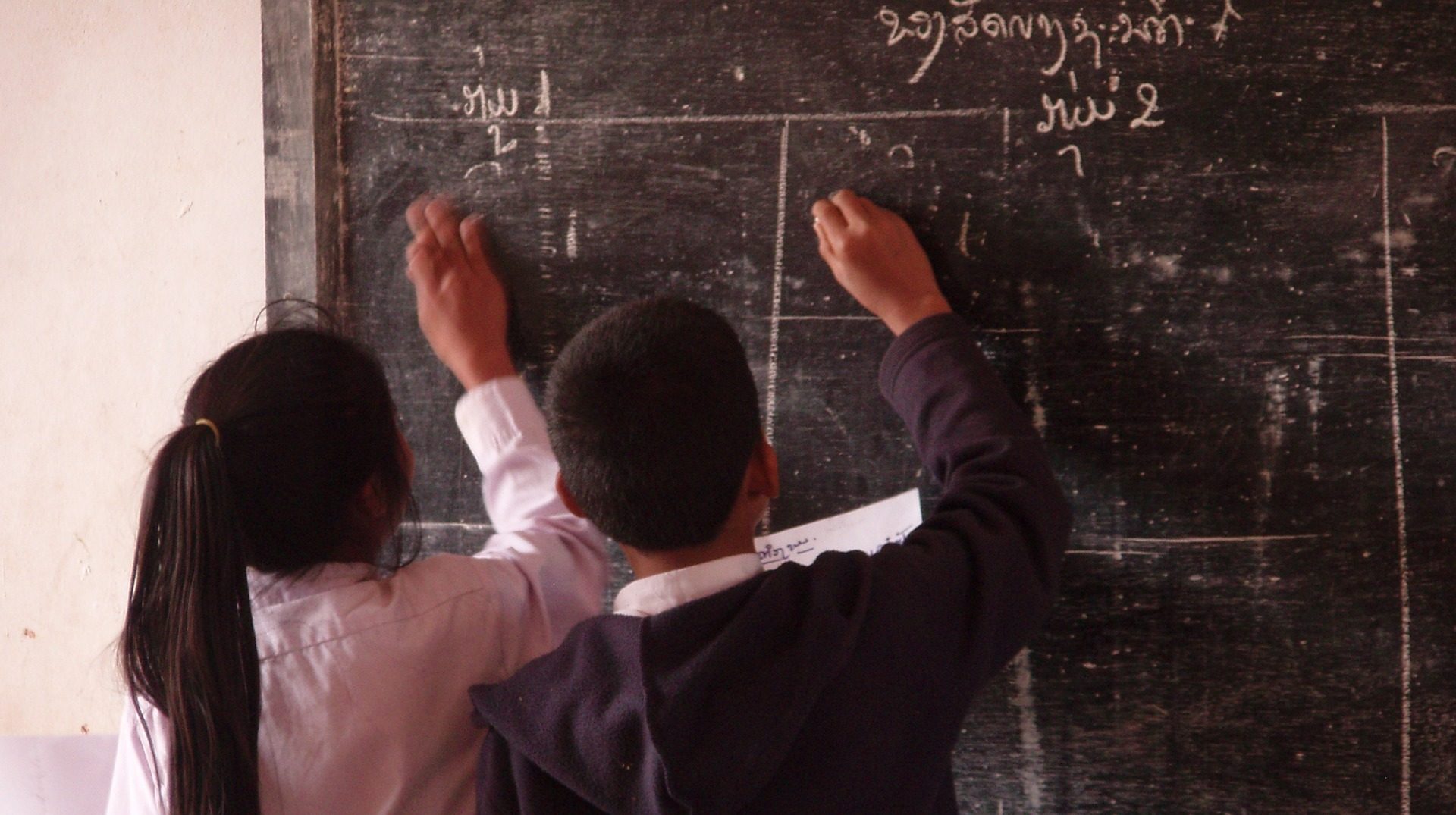Does your native language hold a special place in your brain?
For many of us, our first language is the only language we speak fluently, so naturally we might not give much thought to this question. For those readers who are fluent in multiple languages, though, maybe it’s occurred to you to ask whether your mother tongue holds any extra significance.
A recent paper submitted to pre-print server bioRxiv took an unusual approach to answering this question. First author Saima Malik-Moraleda, at the Massachusetts Institute of Technology (MIT), is a polyglot – that is, she speaks more than five languages. Since most previous research into multilingualism had focussed on bilingual people, she wondered if other polyglots might provide an insight into studying language learning more broadly.
For the study, being a polyglot meant participants had to speak at least five languages to higher than “basic proficiency”, with “advanced proficiency” in at least one language that wasn’t their first. Malik-Moraleda and colleagues gathered 25 such individuals – 16 of whom were hyperpolyglots, speaking more than 10 languages – and investigated their response to various language snippets while in an fMRI machine.
fMRI, or functional magnetic resonance imaging, is a non-invasive brain imaging technique that uses blood flow to different brain areas as a proxy for brain activity. By observing subjects’ brain activity when shown texts in languages they had varying proficiency in, they aimed to see whether different languages activated different brain networks.
The researchers exposed subjects to recorded audio-clips of speakers from various languages while in the MRI machine. Based on their linguistic background, each person heard a different set of language clips. These included their mother tongue, three other languages they had some proficiency in, two cognates of languages they were familiar with (i.e. linguistically similar or “sister” languages, like Spanish is to Portuguese), and two completely unfamiliar (non-cognate) languages.
Results showed blood flow to the same parts of the brain in polyglots (for all languages) as in monolinguals, suggesting the same networks are used regardless of language. When listening to all four familiar languages, imaging showed activation of the left frontal and temporal cortical areas. In fact, activation of the brain networks being studied was significantly higher for any of the languages than for the control condition. But the response varied consistently between languages, a finding that was robust across participants.
Firstly, the researchers observed that activation of these networks was actually lower for the participants’ native language compared to other familiar ones, but among other familiar languages, they found that the magnitude of the response correlated positively with proficiency.
In other words, the more familiar the language, the greater the activation of these networks – except for the participant’s mother tongue (the most familiar!), which showed the lowest activation of all familiar languages. Although this study was unable to provide an explanation for the finding, it suggests an interesting paradox at the heart of how we learn and process language.
The trend is doubly intriguing given that it held for participants whose mother tongue was not English – though the majority were native English speakers, a handful reported Dutch, German, French, or Spanish as their first language. At the time of the study most participants lived in the US and therefore habitually communicated in English, this suggests the results were not driven by predominant current use – further supporting the idea that our mother tongue retains a special place in our brains.
The findings support those of a previous study led by Olessia Jouravlev (also at MIT and a co-author on the new research), which looked at the responses of polyglots to different languages through fMRI. This research, published in Cerebral Cortex in 2021, found that polyglots used “fewer neural resources” to process language.
When compared with bilinguals, polyglots appear to show a lower response to their native language than to other languages they have proficiency in, as confirmed by Malik-Moraleda and colleagues in their recent study.
One potential explanation is that individuals become more efficient in processing their native language by learning additional languages. However, it is important to recognise that until the phenomenon can be studied through development and with respect to genetics, alternative hypotheses can’t be ruled out – for instance, that polyglots have a higher innate proclivity for language learning.
Malik-Moraleda and colleague’s study has yet to be put through peer review, so conclusions remain tentative. Yet in replicating previous results and expanding research into the under-utilised resource of polyglots, the work opens up intriguing questions about language learning and the unique place retained by our mother tongue throughout our lives.





